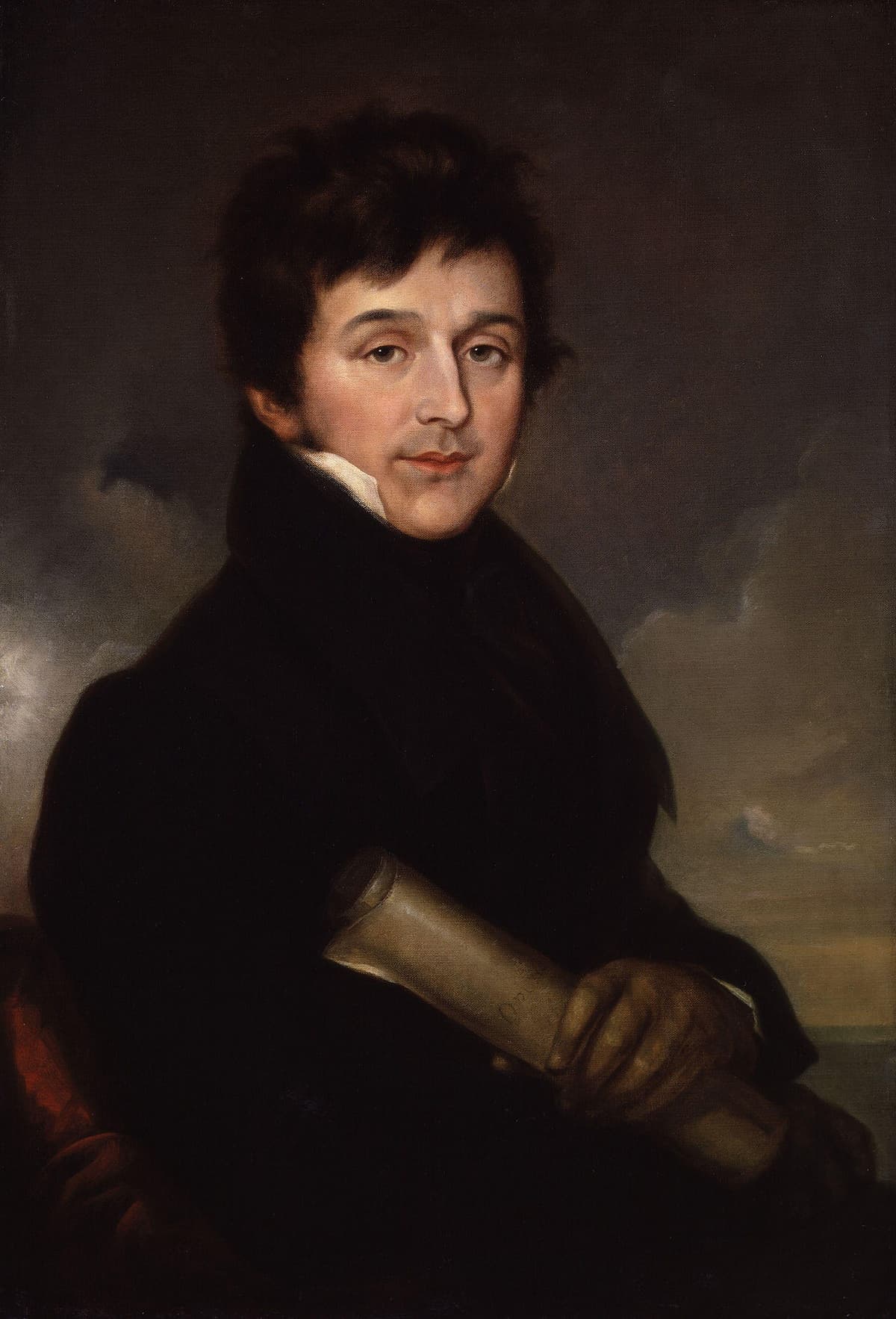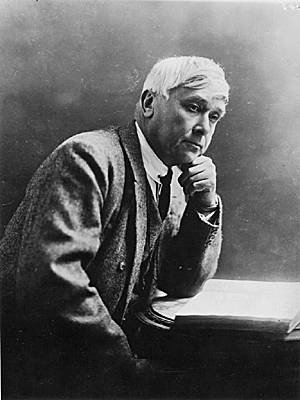by Georg Predota, Interlude
A momentous occasion took place on 7 December 1842 in the Apollo Rooms on lower Broadway. On that day, 600 audience members witnessed the first concert of the Philharmonic Society of New York.

The Apollo Rooms in New York
Formed as a cooperative organization of about 45 musicians and led by American-born violinist and conductor Ureli Corelli Hill, the principal aim of the society was “the advancement of instrumental music.” Today the orchestra is better known as the New York Philharmonic Orchestra (NYPO), and we thought it might be fun to recreate an abridged version of that first performance.
The programme for this opening concert was decided upon by a majority vote by the musicians of the orchestra. This performing cooperative also decided who would perform, and who among them would conduct. And at the end of the season, the players would divide the proceeds among themselves.

Ureli Corelli Hill
It all opened with Beethoven’s Symphony No. 5, led by Ureli Corelli Hill himself. Hill hailed from Connecticut, and his father was a music teacher and composer. He became the conductor and violinist of the New York Sacred Music Society, and he guided the first American performance of Mendelssohn’s St. Paul. Hill went to Germany to study with Louis Spohr, and organized the New York Philharmonic Society after his return to the States.
Carl Maria von Weber: Oberon, Act II “Ocean! Thou mighty monster”

The music score copy of Beethoven’s Symphony No. 5 used at the inaugural concert
Concert programmes during the mid-19th century were rather eclectic affairs and included chamber music and several operatic selections featuring a leading singer of the day. And audiences got their money’s worth, as concerts of this nature tended to run between 3 and 4 hours. As such, the second selection on that opening programme belonged to Carl Maria von Weber, and an excerpt from his opera Oberon.
The selection is taken from the second act of the Opera, when the heroine Reiza has been left alone and shipwrecked. As her husband has left her to find assistance, she describes the storm in an address to the Ocean. This selection was presented by Madame Otto, who as a critic writes, “has a lovely voice but must allow that she needs the knowledge to direct its use, the taste to render it effective, and the warm and earnest feeling which carries conviction to the heart of the listeners.”
Johann Nepomuk Hummel: Quintet in D minor, Op. 74a
Madame Antoinette Otto was highly active on New York stages during the 1840s. She was part of the operatic corps of the Park Theatre, and as she was married to Henry Otto, a founding member of the New York Philharmonic, she prominently featured in its opening programme. Otto would subsequently be one of the soloists in the Philharmonic’s 1846 American premiere of Beethoven’s Ninth Symphony.

Philharmonic Society of New York first concert program
The first part of the inaugural concert of the New York Philharmonic concluded with a performance of Hummel’s Quintet in D minor, Op. 74a. Originally composed in 1816 as a Piano Septet, the work adheres to the Viennese classical style, but Beethoven’s influence is heard in the stormy character of the music. Hummel added his own personal pianism of unprecedented virtuosity and brilliance, and Ureli Corelli Hill was part of the performing ensemble.
For the opening number of the 2nd part of the Programme, the Oberon Overture by Carl Maria von Weber, Denis-Germain Étienne took up the baton. He was a pianist, composer and horn player who had graduated from the Paris Conservatoire with a number of prizes. Étienne immigrated to the United States in 1814 or 1815, and performed in various American cities before settling in New York. He was chosen to be the permanent conductor of the newly founded Philharmonic Society in 1824, and he played both piano and French horn in the Philharmonic Symphony Society.
Immediately following this rousing opener of the second half, audiences were treated to the famous Duet “Amor! Possente nome” from Rossini’s opera Armida. Set during the first crusade near Jerusalem, the sorceress Armida is determined to weaken the Crusaders by dazzling the best soldier Rinaldo with her beauty. However, Armida has secretly fallen in love with Rinaldo, and she confronts him. When she accuses him of ingratitude, he admits that he’s in love with her as well.

Charles Edward Horn
For the Armida duet, Madame Antoinette Otto was joined on stage by the English composer and singer Charles Edward Horn. Horn gave his singing debut in 1809 in a comic opera at Lyceum Theatre, London. He rose to prominence with his portrayal of Caspar in the English version of Weber’s Freischütz, and soon also started a career as a composer. In one instance, he was accused of plagiarism but acquitted in court.
Horn first sailed for New York City in 1827 and made a successful American impression in works by Storace, Weber, Mozart, and Rossini. He did return to England to serve as music director of the Olympic Theatre from 1831 to 1832, before returning to New York.
Horn took on the directorship of Park Theatre, producing and directing performances of his own works and arrangements of works of others. His oratorio The Remission of Sin of 1835 may well been the first oratorio composed in the United States. Horn lost his voice due to illness and became active as a vocal coach.
Luckily, Horn found his voice again, and he now took the solo stage at the first concert of the Philharmonic Symphony Society of New York in the role of Florestan in Beethoven’s Fidelio. At the beginning of Act 2, Florestan is alone in his cell, deep inside the dungeons. He knows who is responsible for his incarceration, and sings of his trust in God, and then has a vision of his wife Leonore coming to save him.
Wolfgang Amadeus Mozart: The Abduction from the Seraglio, “How I loved him, I was happy”

New York Philharmonic Club Chamber Ensemble
Charles Edward Horn eventually decided to retire in Boston. He was quickly elected director of the Handel and Haydn Society, and Madame Antoinette Otto was a frequent performer. She again took to the solo stage in the aria “How I loved him,” from Mozart’s Abduction from the Seraglio. As was customary at that time, portions of the libretto were printed in the playbill.
Alas, I loved,
I was so happy;
I knew nothing of love’s pain.
Promised to be true
To my beloved,
And I gave him all my heart.
But how quickly my joy deserted me,
Separation was my unhappy fate.
And now my eyes are bathed in tears,
Grief resides in my breast.
Johann Wenzel Kalliwoda: Overture No. 12 in D Major, Op. 145

Johann Wenzel Kalliwoda
To conclude the first concert of the Philharmonic Society of New York, the orchestra decided to perform a newly composed overture by Johann Wenzel Kalliwoda. Kalliwoda seems an interesting choice for us today, but in his day he was described as “a master of the first rank.
Many-sided, sure of himself in every field, often new and original and yet natural and simple, he repeatedly makes the impression of a choice talent and nears the final stage on the way to immortality.”
This final selection, and all the vocal numbers, were conducted by Henry Christian Timm, a German-born American pianist, conductor, and composer. Timm worked in New York City as a concert pianist, teacher, organist, and chamber musician. He served as the president of the city’s Philharmonic Society from 1847 to 1864. Kalliwoda and Timm seemingly did not achieve immortality, but the New York Philharmonic Orchestra probably did. They were certainly off to a great start.






